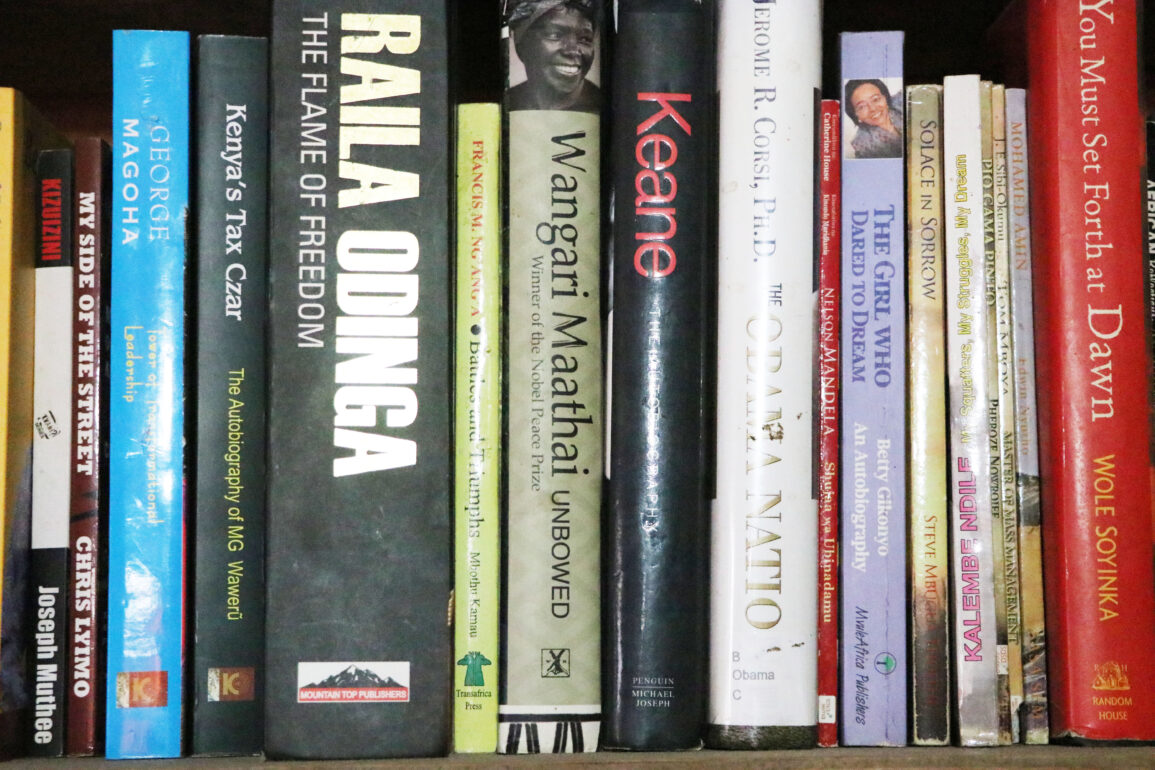Towards the end of May, I could not help but eavesdrop on the excited chatter of two workers of the Kisii County Library as they awaited the official handover of books donated to the institution.
Just like excited toddlers that had just received brand new toys from a visiting relative, the two workers could hardly contain their joy.
I finally appreciated their excitement when I stepped into the reference section of the library; it was surviving on the bare minimum. The few books on the shelves were threadbare and I repeat, very few books.
It was a sorry sight.
It is at this juncture that the true nature of the gesture by the Kenya Publishers Association (KPA), truly downed on me.
As part of their Corporate Social Responsibility, KPA, who were in the town for the regional edition of their book fair, donated books worthy Ksh5 million to the library.
At this point, kindly allow me to take a nostalgic personal detour.
I first visited the Kisii Library in December 1987, as an impressionable 13-year-old. It was my first ever visit to a library. I had just done my Standard Eight exams and was in the town to visit my sister who was working in the town.
Her husband, who was civil servant, was member of the library. My sister, a teacher, assured me that through her husband’s membership, I could borrow books to read at home.
You can imagine my excitement when I laid my eyes on the Moses adventure series, authored by Barbara Kimenye and published by Oxford. I could hardly believe that I was going to have three Moses books, all by myself, for a whole week…
Coming from the rural areas of the then Nakuru district, accessing story books was quite rare; our school did not have a library. Somehow, I did not lack something to read.
If for the two weeks I spent in Kisii, I derived so much joy from visiting the public library, you can imagine how beneficial the institution was to the countless school children that lived around the municipality and had regular access to it.
Coincidentally, while in Kisii for the book fair, I bumped into Bitugi Matundura, a former colleague at Nation Media Group, who has done Kiswahili translation for the entire Moses Series. Bitugi, who hails from Kisii, teaches Kiswahili at the Chuka University.
Now, the memory of the Kisii Library was triggered after I read a UNESCO document titled The African Book Industry: Trends, challenges and opportunities for growth.
The document that seeks to take audit of the book sector in the continent, contains some rather sobering statistics.
Chief among those statistics is availability of books. Two of the most important sources of books are bookshops and public libraries.
According to that UNESCO document, the African continent is doing badly in terms of access to books. For a continent with an estimated population of close to 1.4 billion people, there are only 8,000 public libraries, meaning that a single public library serves about 189,000 people.
I can state here, without the fear of contradiction, that a huge percentage of the existing public libraries in Africa were constructed during colonial period or in the early post-colonial era. At least that is true of the Kenya situation.
I highly doubt that the many district headquarters our successive presidents dished out, for political expedience, had provisions for public libraries.
I would be happy to be contradicted on this point.
It is a shame that 62 years after Kenya gained independence, we only have 64 public libraries, meaning that each library serves a population of 860,000 people.
On this basis alone, our leaders should forever hide their heads, in shame, whenever they are out of the country on international engagements. Had our government committed itself building a public library, a year, since independence, we would at least have double the number of libraries in Kenya.
As if the tragedy of few public libraries is not enough, those that are there, were recently placed under the management of county governments.
Let us ponder over this point for a moment.
The most consistent piece of information that comes out our counties is how poorly county governments manage public hospitals; they are chronically short of essential drugs and equipment.
Now, if county governments can mismanage hospitals, under their care so badly, who tells you they will do any better with libraries – who bothers with books anyway – do the leaders even read?
This explains how the Kisii library was so badly lacking in terms of books. It is perhaps in recognition of this need that the management of KPA, under current chairman, Kiarie Kamau, decided to be donating books to public libraries, whenever they go out for the regional book fairs.
Last year, the publishers’ body also donated books to the Mombasa County Library.
However, welcome this venture by KPA is, it is not enough. County governments need to set aside budget lines for acquisition of books. If they wait for publishers to donate books to their libraries, it will take 45 years to equip them; not sustainable at all.
While Kenya might be doing poorly in terms of distribution of public libraries – we are not even in the top ten list of countries with favourable ratio of libraries per capita – we are doing extremely well in terms of access to bookshops.
The UNESCO report says that at 4,000 bookstores, Kenya leads Africa on that score. It should however be noted that the distribution of these bookstores is purely as a result of private effort; nothing to do with government.
It thus can be said that this impressive number of bookstores have contributed to easy access of books for Kenyans.
Did I say that the high number of bookstores has nothing to do with government? Well, I take that back; though not entirely.
Let me explain: the liberalisation of the text book market has seen the government significantly reduce its involvement in production of course books. That task is currently being undertaken up to the tune of 80 per cent, by privately owned publishers.
The fact that the Kenyan government funds free education, means that money goes to publishers, who produce the books and which are disbursed to schools through bookstores, in the case of private schools, as publishers are required to deliver books directly to public schools.

